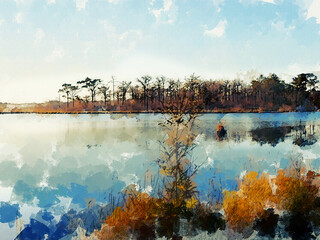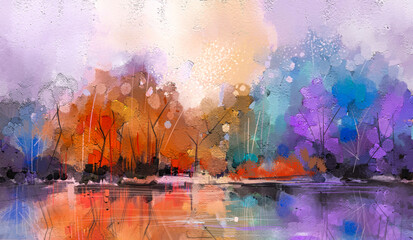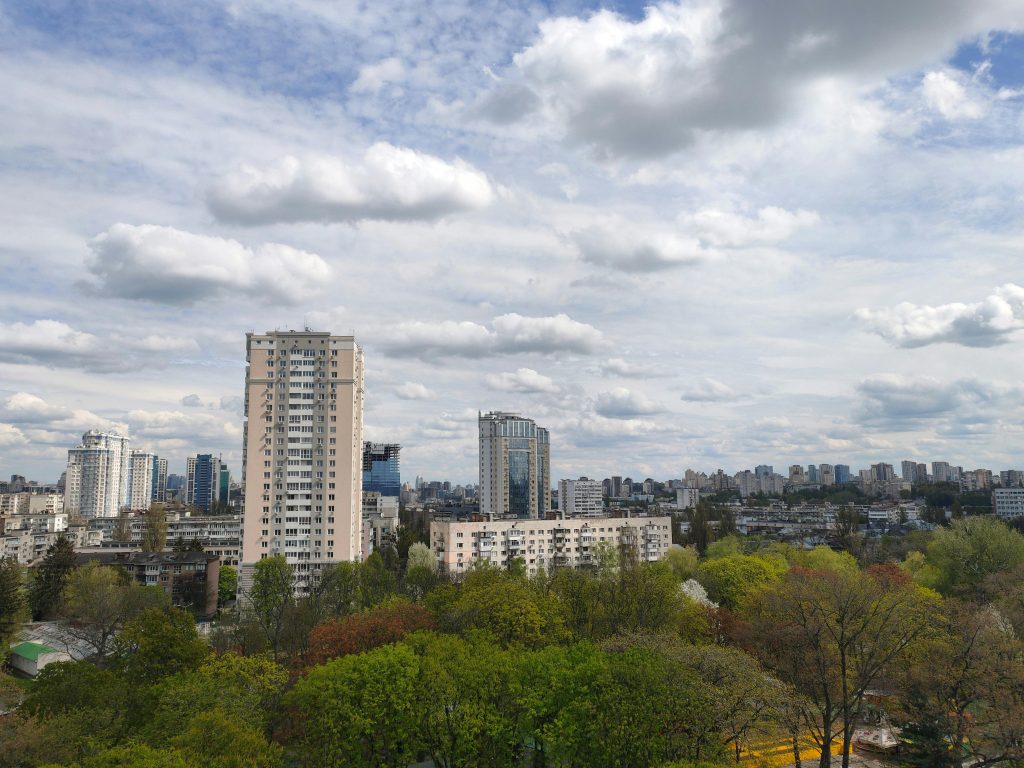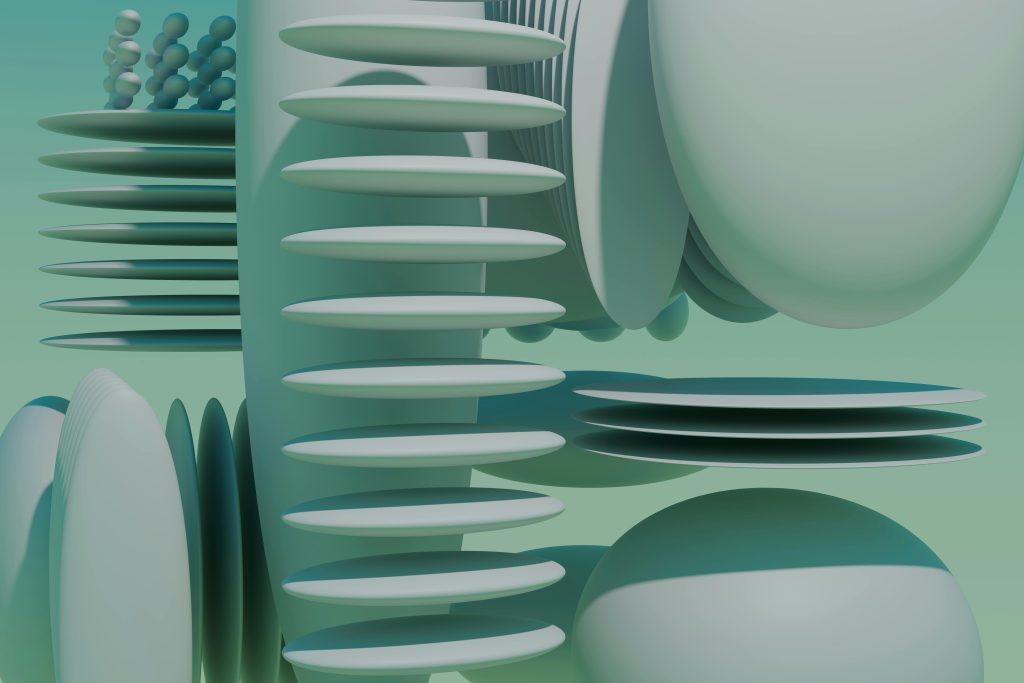Before you begin painting, or even consider painting, ask yourself why you want to paint landscapes or any other subject.
- Is it because it lets you replicate the appearance and feel of what your eyes captured?
- Is it because you are a conventional painter?
- Is it because it gives you peace?
You might answer yes to all of the above (especially the last one!).
But there’s another purpose, maybe the most important: to get varied outcomes every time you make a brush stroke. Learning a few tricks of the trade can take you a long way while crafting serene landscape paintings.
Moving on to the Landscape subject, landscape artwork may feature a nice balance of three rendering techniques: hard edges, gradations or soft edges, and texture. This guide will help you create a truly distinctive style through scintillating techniques and strategies that artists tend to integrate into their work.
1. Foreground Tends To Be Warmer, Background Cooler
Color temperature is an important consideration in landscape painting.
In general, cooler colors retreat further back in space, and warmer colors move forward. Using these temperature variations and differences in your painting will help create a better feeling of space. You can observe such a scene in any famous watercolor work, where the foreground would be predominantly yellow/brown. As it fades into the mountains in the backdrop, the brown/yellow coloration gets more ‘bluish.’ This can be seen in other landscape paintings as well.
If you follow this rule of thumb, your piece will have far greater depth. However, like with all laws, there are occasional exceptions. The best thing you can do is carefully watch what you’re painting. Even better, if you give landscape art paintings your first shot by following the numbers. This helps you strategize your strokes and paint the initial points and spaces.
2. Sharper Edges At The Front & Softer Edges In The Distance
Edges are one of the most significant characteristics that add interest to paintings. Sharp edges, in general, draw your attention to the foreground, whereas soft edges draw your attention away.
Note the crisp edges along the hedges in the foreground of the image, as well as the sharp edge of the hill in the middle area. Then, notice how the colors in the background are quite subdued in comparison. The brush strokes look to be ‘smudged.’

All of these varied degrees of edge combine to generate a sense of space, with the sharp edges of the foreground emphasizing the space in front of us. The delicate edges in the background make us feel as if the vastness of space recedes far back.
3. Study Other Landscape Paintings
Like anything else, examining outstanding examples of people who came before you improves the learning process. Visit museums and look at landscape paintings. Buy books about landscape artists you admire. Draw and paint from them.
In fact, performing small sketches on landscapes speeds up your learning process far more than simply looking at paintings. When you actively study anything, you naturally delve deeper into the environment you’re replicating. As a result, you notice things that you would have missed otherwise.
You may refer to specific graphics. Moreover, it is strongly advocated to conduct similar studies with paint, charcoal, or pencil. You will gain a strong understanding of composition and value. And do not forget to have a lot of fun while studying excellent landscape paintings.
4. Brushwork Variation: Suggesting Texture and Movement
A landscape is rarely a uniform surface. Trees sway, water ripples, grass bends in the wind. To capture these diverse textures, painters vary their brushwork across different areas of the composition.
For foliage, stippled or dappled brush marks can suggest dense leaves or grass tufts. Broad, sweeping strokes are often used for skies and water, conveying a sense of openness or fluidity. Rocks and mountains may benefit from palette knife application, creating a textured, almost sculptural surface that mimics natural ruggedness.
The key lies in intentional contrast. Combining smooth gradients in the sky with rough, broken brushstrokes in the foreground draws the viewer’s focus and enhances visual interest.

This technique also encourages artists to work in a more dynamic, physical manner—stepping back from minute details and allowing the hand’s natural motion to influence the final result.
5. Choose A Focal Point
When you begin your landscape drawing, choose a single subject in your composition (preferably anything in the foreground) to focus on. A drawing can have multiple areas of interest, although it usually has only one focal point. Avoid getting caught up in intricate minutiae too early in the process.
You may choose to craft a ‘pre-sketch’ first to explore the composition and decide on focus spots. It could be a tree, a plant, a wall, a fence, or a bird—anything in the picture that piques your interest. This will provide context for the rest of your drawing and verify that the landscape scale is proper.
This basic starting strategy changes everything, from how you perceive the concept’s inception to drifting inward into the aesthetics of the artwork.
Final Thoughts
At its core, landscape painting is an act of both observation and invention. While rooted in the natural world, the artist’s role is not to copy nature verbatim but to translate its complexity into a unified, expressive image.

The five techniques outlined here—atmospheric perspective, underpainting, color temperature control, brushwork variation, and compositional anchoring—represent time-tested methods used by painters across generations and styles. Rather than rigid formulas, these approaches function as flexible frameworks. An artist might emphasize one more than another depending on their intent, subject, or medium.











